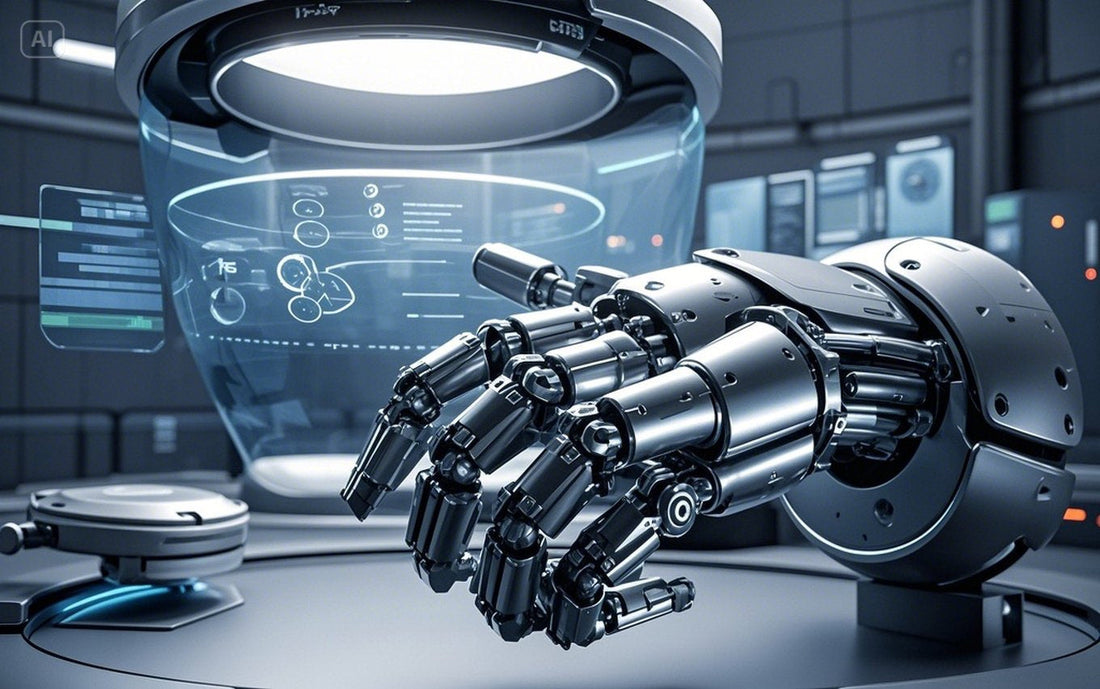Servo Motors: The Heart of Advanced Robotics
In cutting-edge robotics, servo motors orchestrate complex movements with precision. From four-legged crawlers to lifelike creatures and wearable tech, these motors are pivotal in pushing boundaries. Let’s explore how servo motors power quadruped, bionic, and exoskeleton robots, unlocking new possibilities for developers and innovators.
1. Quadruped and Multi-Legged Robots
Quadruped robots, like robotic dogs, rely on servo motors to bring their legs to life. Installed at each joint, servos control angles to create fluid walking, running, or climbing motions. By syncing multiple servos, these robots mimic animal gaits—think a robo-pup bounding across uneven ground. Multi-legged bots, like hexapods, take this further, using servos to coordinate intricate steps for tasks like exploration or research.
The magic lies in servos’ ability to hold precise positions, ensuring stability whether the bot’s dodging obstacles or balancing on a slope. For hobbyists, this means endless experiments with gait patterns; for pros, it’s reliable tech for real-world challenges.

2. Bionic Robots
Bionic robots draw inspiration from biology, and servo motors make their joints move like the real thing. Whether it’s a robotic fish swishing its tail or a bird-bot flapping wings, servos deliver the smooth rotations needed to replicate natural motion. These designs aren’t just cool—they’re used in research, animation, and even education to study biomechanics.
Servos shine here because they’re compact yet powerful, fitting into slim limbs while driving lifelike actions. A single servo might twist a robotic snake’s spine, creating ripples that feel eerily alive. This blend of tech and artistry captivates creators and audiences alike.

3. Exoskeleton Robots for Immersive Feedback
In the world of AR/VR, exoskeleton robots are game-changers, and servo motors are at their core. These wearables use servos to simulate physical forces, like resistance when lifting a virtual object. By adjusting joint angles, servos provide haptic feedback, making digital worlds feel tangible—imagine feeling the “weight” of a virtual sword.
This tech is still emerging, but its potential is huge, from gaming to rehab therapy. Servos’ precision ensures the feedback is subtle yet realistic, enhancing immersion without bulky hardware. It’s a glimpse into how robotics can blur lines between virtual and real.

4. Selecting Servos for Advanced Robotics
Building a quadruped or bionic bot? High-torque digital servos handle demanding joints, while lightweight ones suit delicate bionic designs. For exoskeletons, prioritize speed and durability. Browse our servo motor collection (#) to match your vision. Unsure about specs? Our guide on digital vs. analog servos (#) breaks it down.

